Growth in the Food Industry
The Cetostearyl Alcohol Market is also benefiting from its applications in the food sector, where it is used as an emulsifier and stabilizer in various food products. As the food industry continues to innovate, there is a growing need for ingredients that can improve texture and shelf life. Market analysis reveals that the food emulsifiers market is expected to expand at a CAGR of approximately 6% over the next few years. This growth is likely to bolster the demand for cetostearyl alcohol, as food manufacturers increasingly seek to enhance product quality and consumer satisfaction through the incorporation of this ingredient.
Increasing Demand in Cosmetics
The Cetostearyl Alcohol Market is experiencing a notable surge in demand, particularly within the cosmetics sector. This compound serves as an emulsifier and stabilizer, enhancing the texture and consistency of various cosmetic formulations. As consumers increasingly gravitate towards products that offer both efficacy and sensory appeal, the demand for cetostearyl alcohol is likely to rise. Market data indicates that the cosmetics industry is projected to grow at a compound annual growth rate (CAGR) of approximately 5% over the next few years. This growth is expected to drive the Cetostearyl Alcohol Market, as manufacturers seek to incorporate this versatile ingredient into their formulations to meet consumer preferences.
Expansion in the Pharmaceutical Sector
The Cetostearyl Alcohol Market is poised for growth due to the expanding applications in the pharmaceutical sector. Cetostearyl alcohol is utilized as an excipient in various drug formulations, contributing to the stability and delivery of active ingredients. The pharmaceutical industry is witnessing a shift towards more complex formulations, which may require the use of cetostearyl alcohol to ensure product efficacy. Recent data suggests that the pharmaceutical market is anticipated to grow significantly, with a CAGR of around 4% in the coming years. This trend indicates a potential increase in the demand for cetostearyl alcohol, as pharmaceutical companies look to enhance their product offerings.
Technological Innovations in Production
The Cetostearyl Alcohol Market is likely to benefit from ongoing technological advancements in production processes. Innovations in manufacturing techniques can enhance the efficiency and quality of cetostearyl alcohol production, potentially reducing costs and improving product consistency. As the demand for cetostearyl alcohol rises across various sectors, manufacturers are investing in advanced technologies to meet this need. Data suggests that the global market for specialty chemicals, including cetostearyl alcohol, is expected to grow at a CAGR of approximately 5% in the coming years. This trend indicates that technological improvements may play a crucial role in shaping the future of the Cetostearyl Alcohol Market.
Rising Awareness of Sustainable Ingredients
The Cetostearyl Alcohol Market is influenced by the increasing consumer awareness regarding sustainable and natural ingredients. As consumers become more discerning about the products they use, there is a growing preference for formulations that contain environmentally friendly components. Cetostearyl alcohol, often derived from natural sources, aligns with this trend, making it an attractive option for manufacturers. The market for sustainable personal care products is projected to grow at a CAGR of around 7%, indicating a strong potential for cetostearyl alcohol to be integrated into formulations that cater to this eco-conscious demographic.


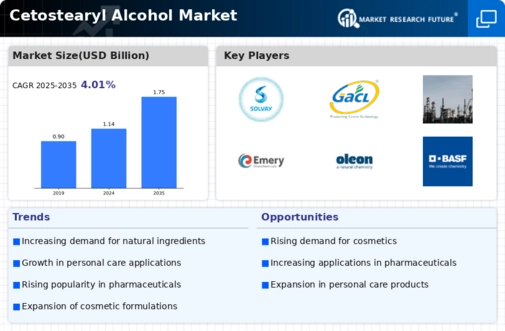
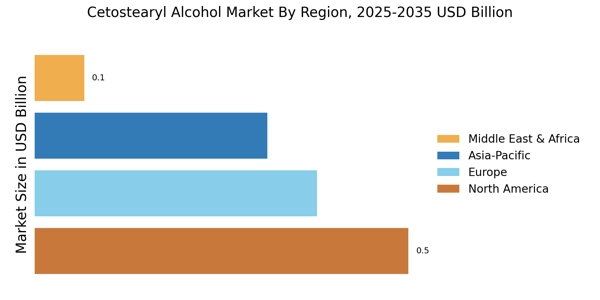

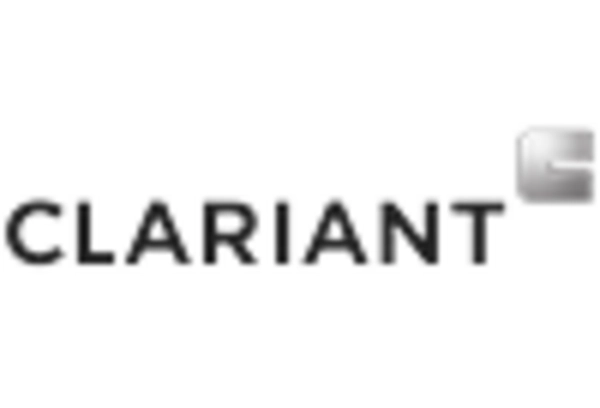
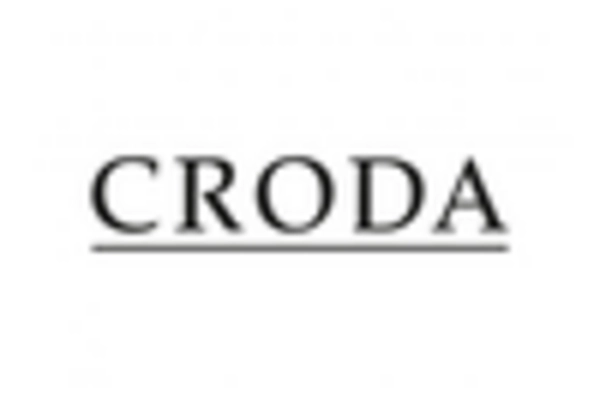
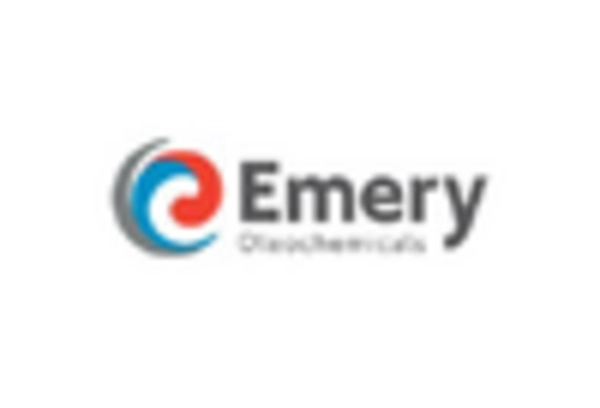
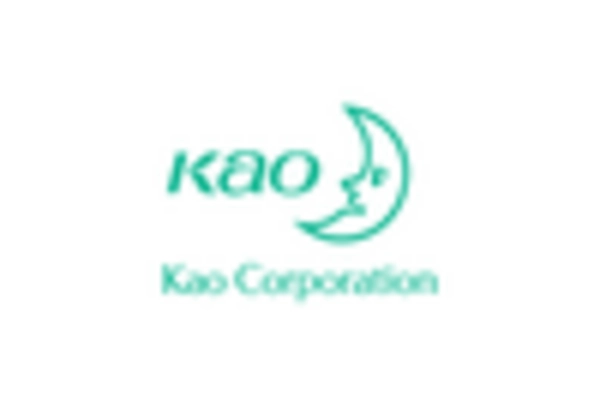









Leave a Comment